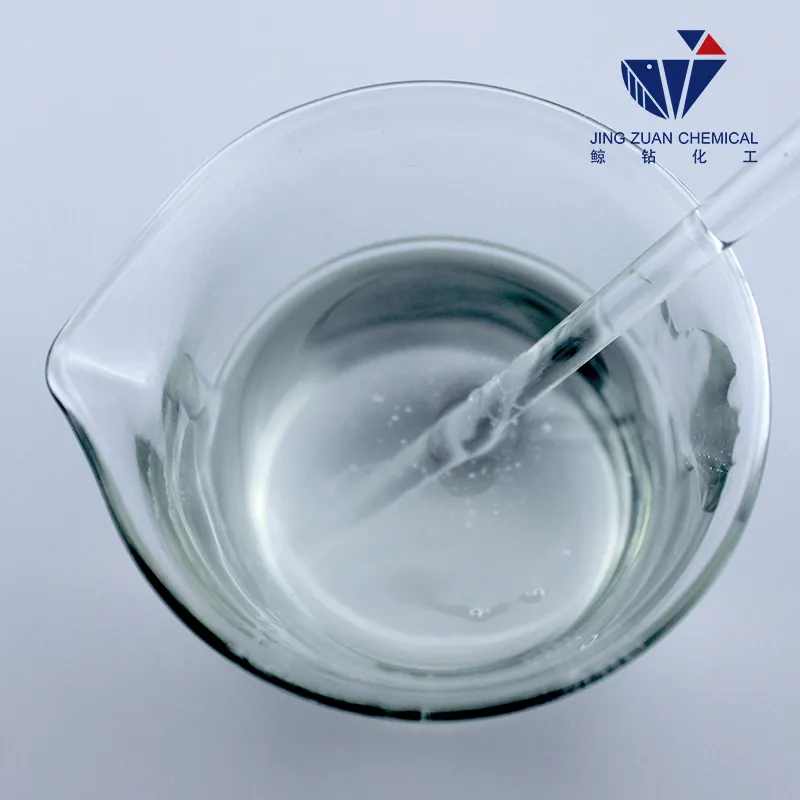
Nov . 26, 2024 03:58 Back to list
hydroxyethyl cellulose formula
Understanding Hydroxyethyl Cellulose Its Formula and Applications
Hydroxyethyl cellulose (HEC) is a water-soluble polymer derived from cellulose, which has been modified to enhance its solubility and functionality. The chemical structure of hydroxyethyl cellulose includes hydroxyethyl groups attached to the cellulose backbone, giving it unique properties that make it valuable in a variety of industries, including pharmaceuticals, cosmetics, food, and construction.
The Chemical Formula of Hydroxyethyl Cellulose
The chemical formula of hydroxyethyl cellulose can vary depending on the degree of substitution and the specific manufacturing process. Generally, it can be represented as
\[ (C_6H_{10}O_5)_n \cdot (C_2H_4O)_m \]
Where - \( (C_6H_{10}O_5) \) represents the repeating unit of the cellulose backbone. - \( (C_2H_4O) \) denotes the hydroxyethyl groups that replace some of the hydroxyl groups in cellulose.
The variables \( n \) and \( m \) indicate the number of repeating units of cellulose and hydroxyethyl groups, respectively. The ratio of these two components determines the properties of the hydroxyethyl cellulose, such as its viscosity, solubility, and gel-forming abilities.
Properties of Hydroxyethyl Cellulose
Due to its unique structure, hydroxyethyl cellulose demonstrates several favorable properties
1. Solubility HEC is soluble in cold or hot water, forming a clear solution. This solubility is critical for its use in various applications where water interaction is essential.
2. Thickening Agent HEC acts as a thickening agent, increasing the viscosity of solutions without altering their appearance. This property is particularly valuable in cosmetic formulations and personal care products like shampoos, lotions, and creams.
hydroxyethyl cellulose formula

3. Film-Forming Ability HEC can form a thin film upon drying, which makes it useful in applications such as coatings, adhesives, and encapsulation processes.
4. Suspension Properties HEC can stabilize suspensions and emulsions, preventing the settling of particles and ensuring uniform consistency in products like paints, pharmaceuticals, and food items.
5. Bio-compatibility In pharmaceuticals, HEC is known for its safety and compatibility with biological systems, making it an ideal choice for drug delivery systems and controlled-release formulations.
Applications of Hydroxyethyl Cellulose
1. Pharmaceuticals In the pharmaceutical industry, HEC is utilized as a binder in tablet formulations, stabilizer in liquid medications, and as a drug delivery agent in controlled-release systems.
2. Cosmetics and Personal Care Products HEC is widely used in shampoos, conditioners, creams, and gels due to its thickening and moisturizing properties, which enhance product performance and user experience.
3. Food Industry In food applications, HEC serves as a thickener and stabilizer, improving texture and consistency in products like sauces, salad dressings, and dairy items.
4. Construction In the construction industry, HEC is added to cement and mortar mixes to improve workability, prevent segregation, and enhance adhesion.
5. Oil and Gas HEC is also employed in the oil and gas industry as a viscosifier in drilling fluids, helping to carry cuttings to the surface and stabilize the borehole.
Conclusion
Hydroxyethyl cellulose is a versatile polymer that plays a significant role across various industries due to its unique chemical properties and functionalities. Its ability to thicken, stabilize, and form films makes it irreplaceable in many formulations, whether in cosmetics, pharmaceuticals, food products, or construction materials. As industries continue to explore the potential of natural polymers, hydroxyethyl cellulose stands out as a sustainable and effective ingredient tailored for contemporary applications.
-
Premium Cellosize HEC: Hydroxyethyl Cellulose for Sale
NewsSep.01,2025
-
Premium Cellulose Ether: Effective Liquid Thickener & Stabilizer
NewsAug.31,2025
-
HPMC for Tile Adhesive: Superior Bonding & Workability
NewsAug.30,2025
-
Premium Cellulose Ether: Effective Liquid Thickener Solutions
NewsAug.29,2025
-
HPMC for Tile Adhesive: Enhanced Bonding & Workability
NewsAug.28,2025
-
tile-bonding-additives-for-stronger-bonds
NewsAug.22,2025







